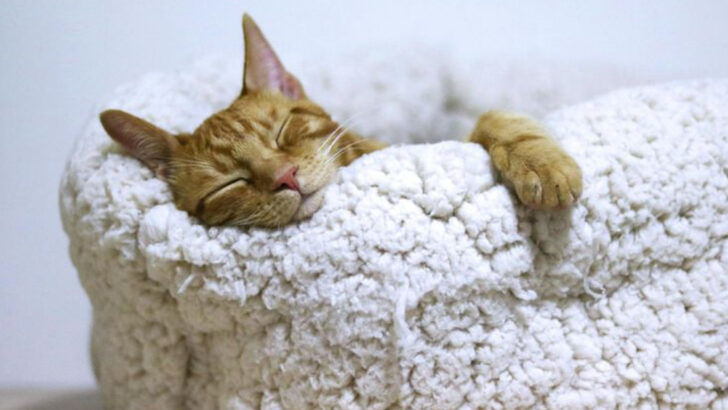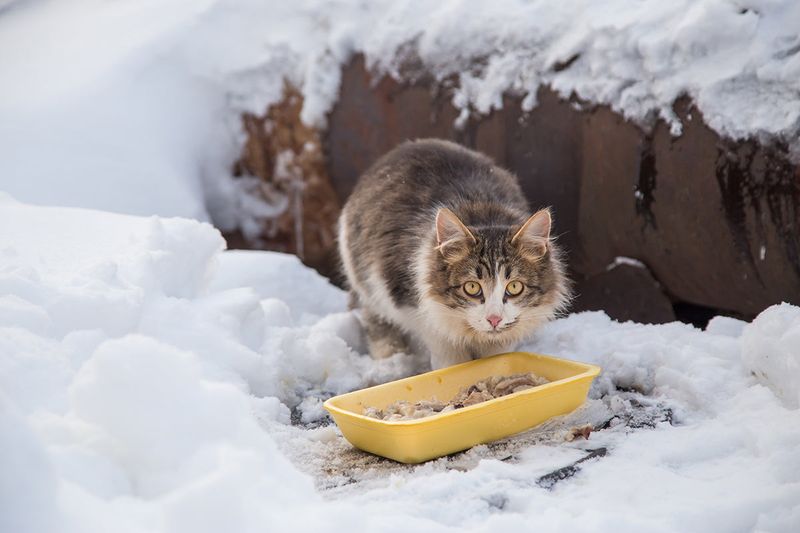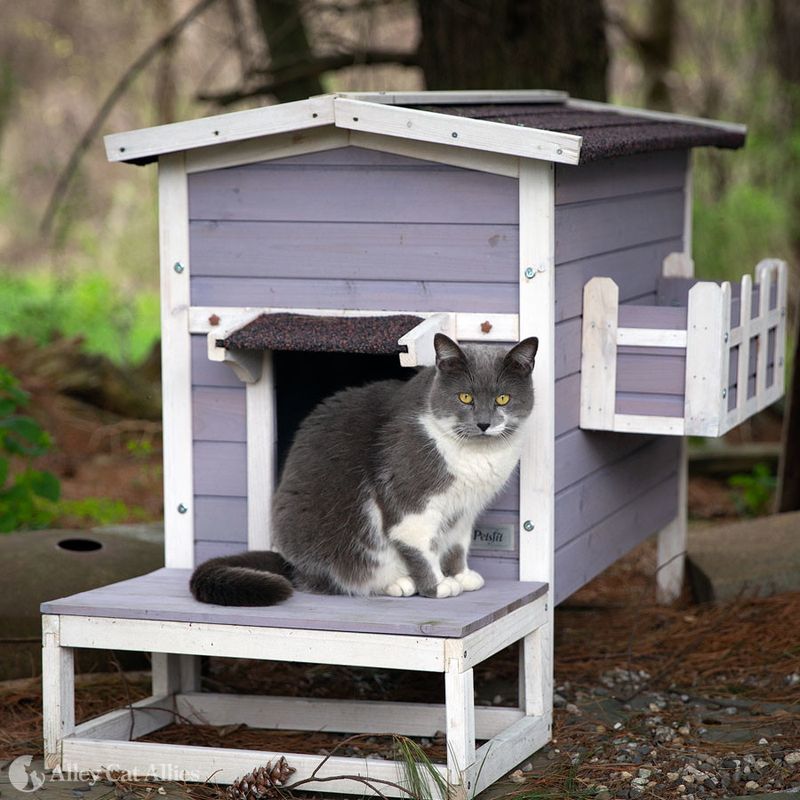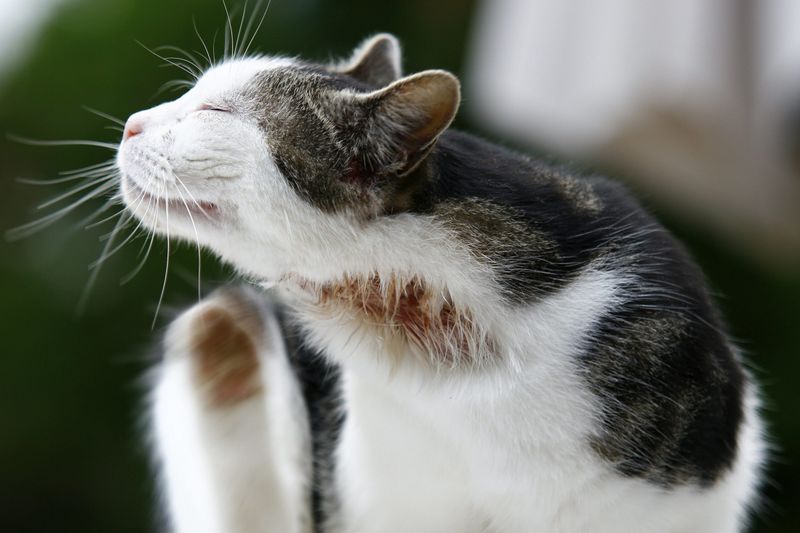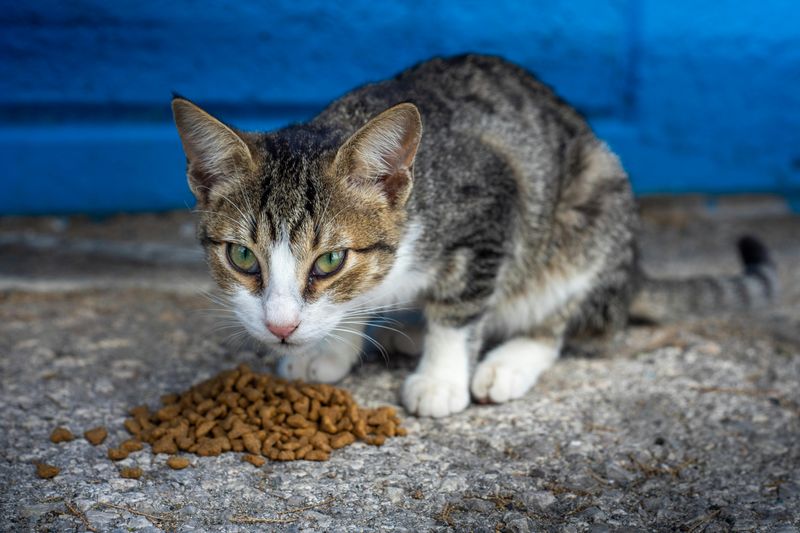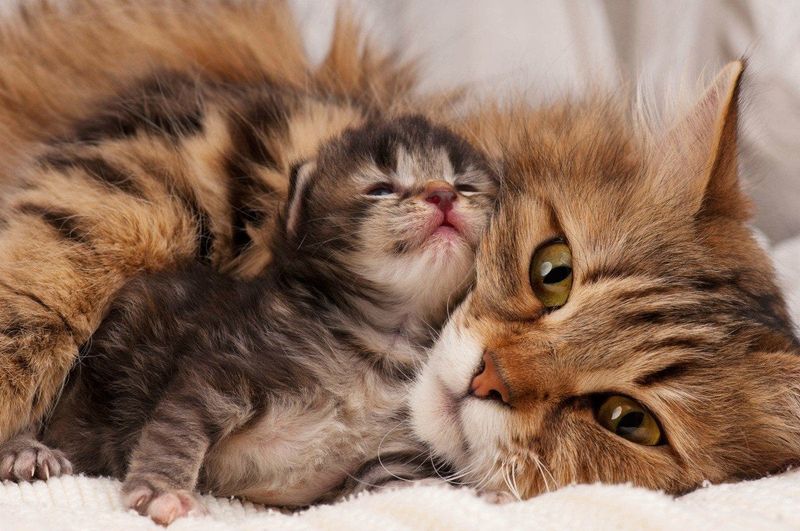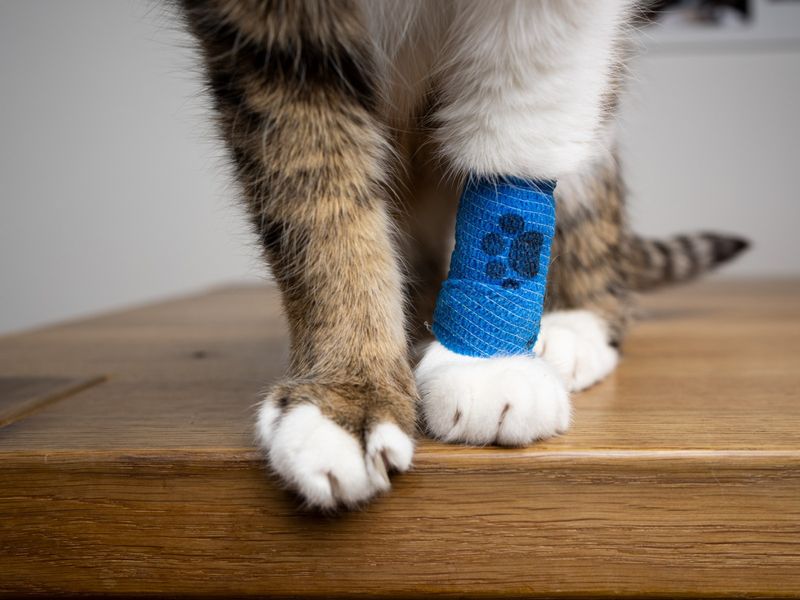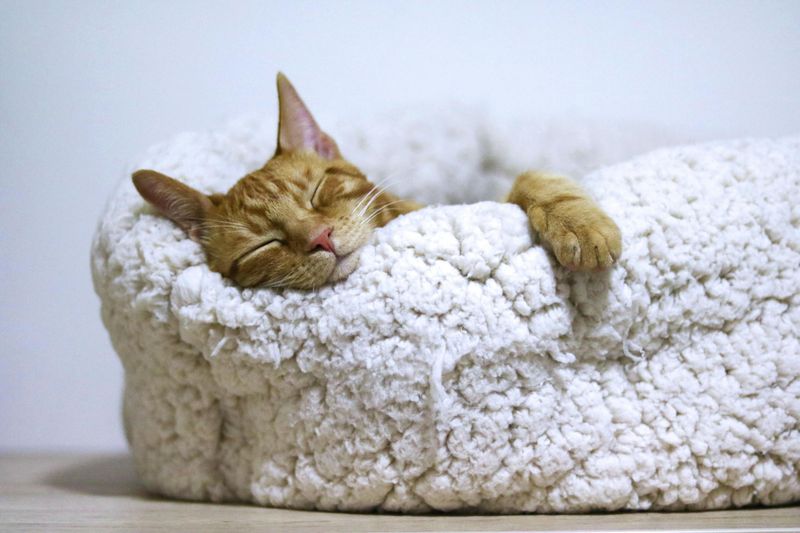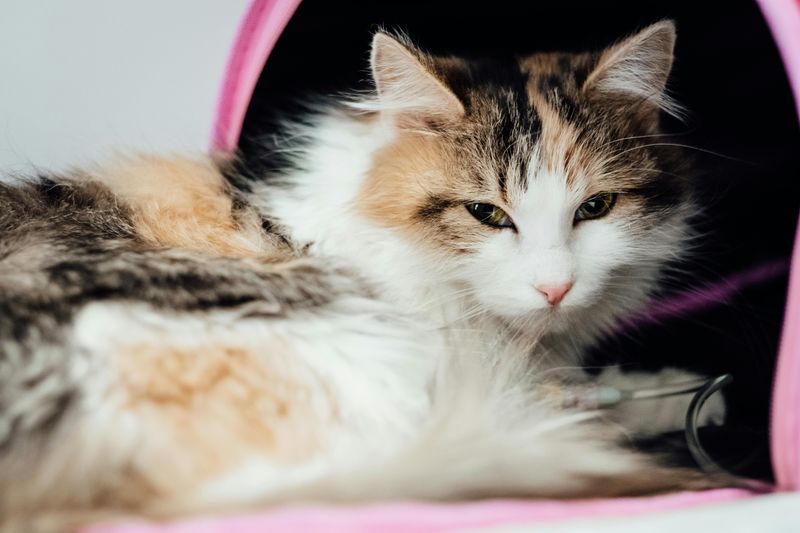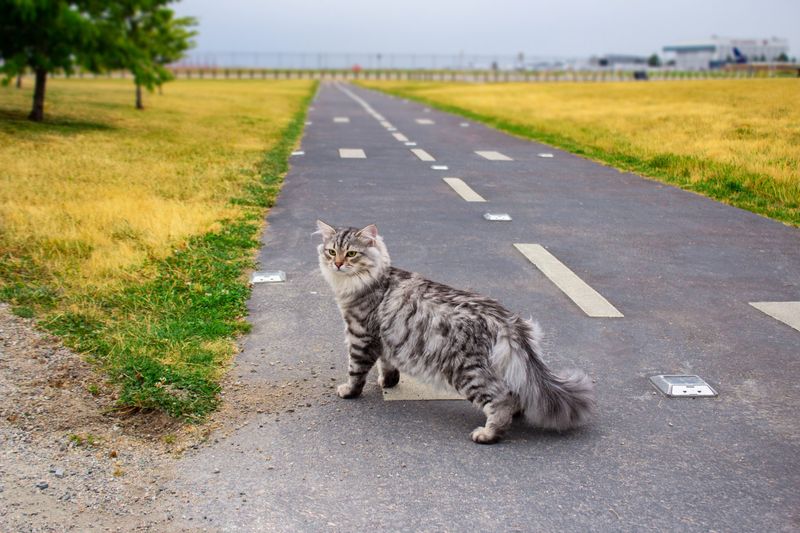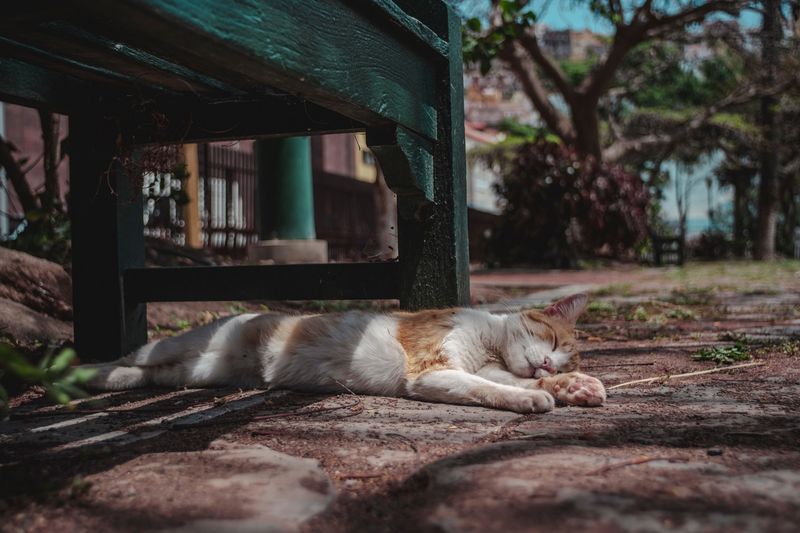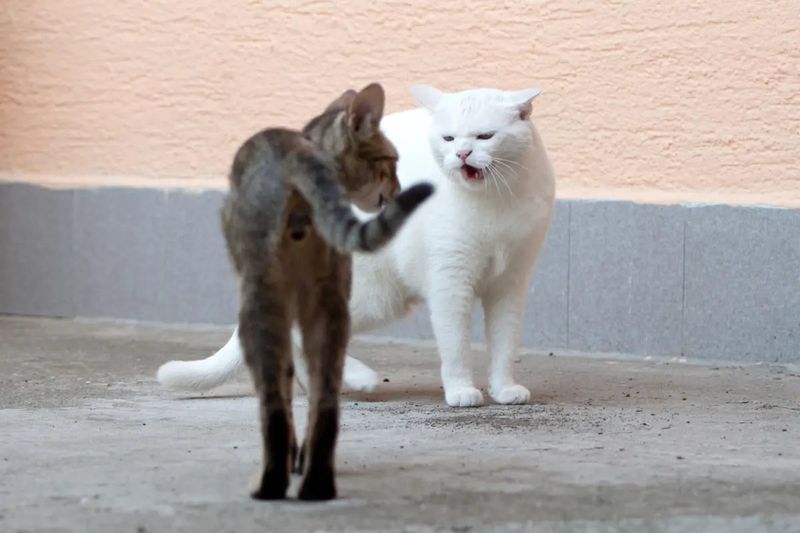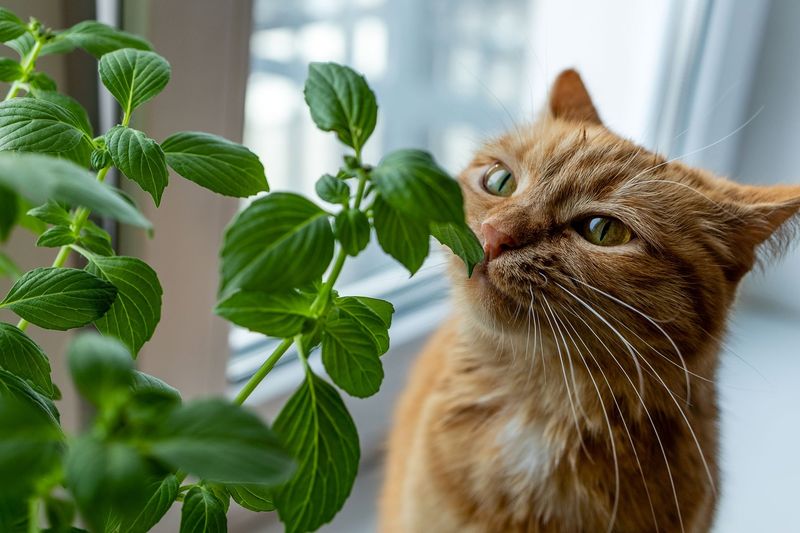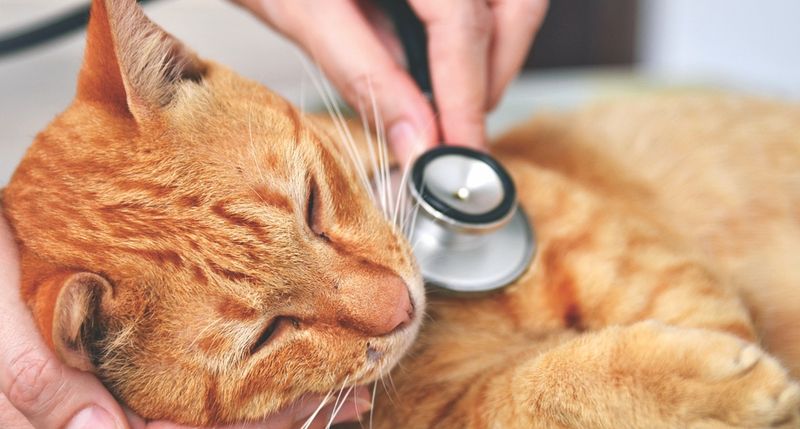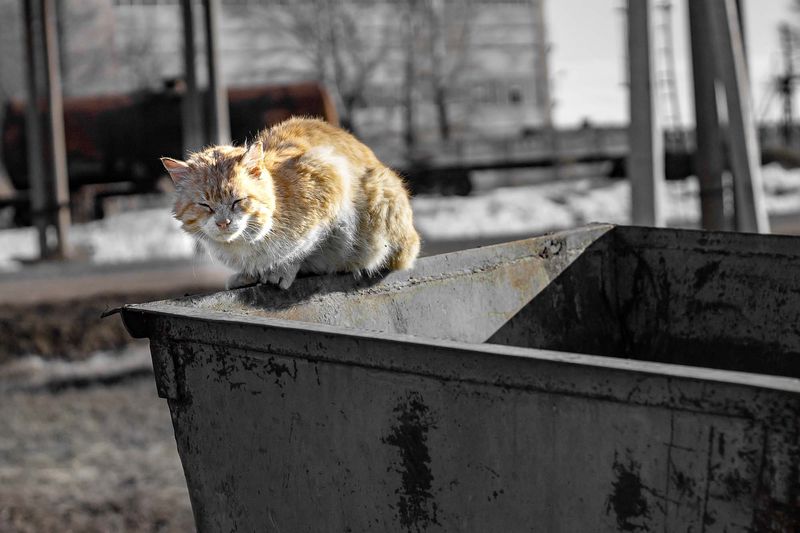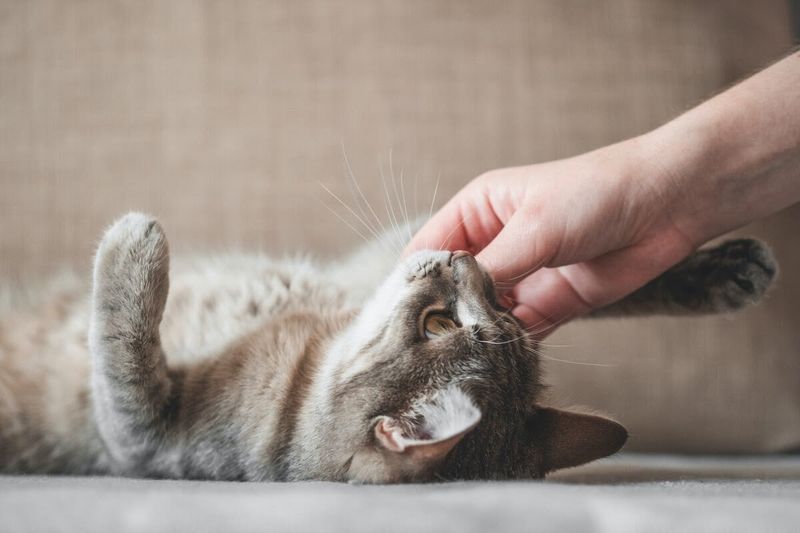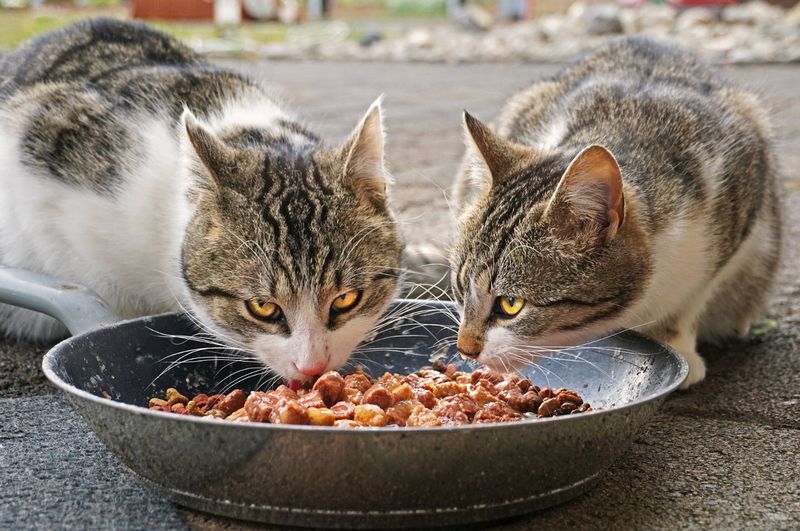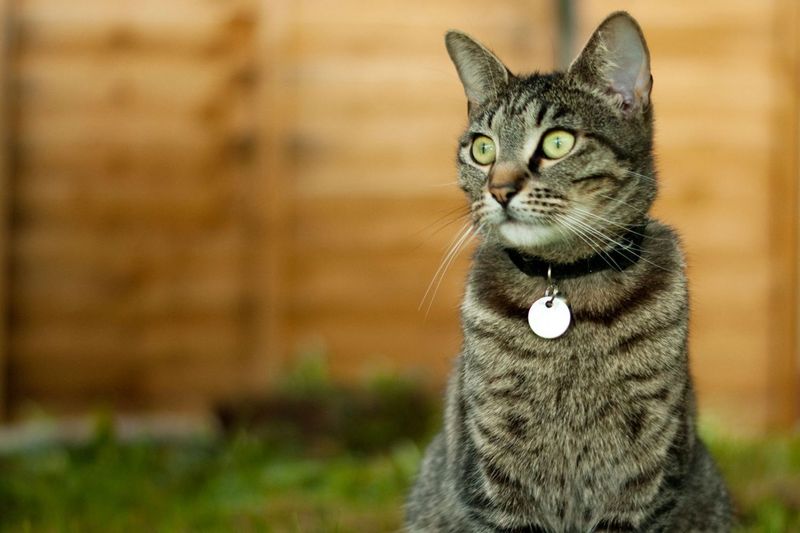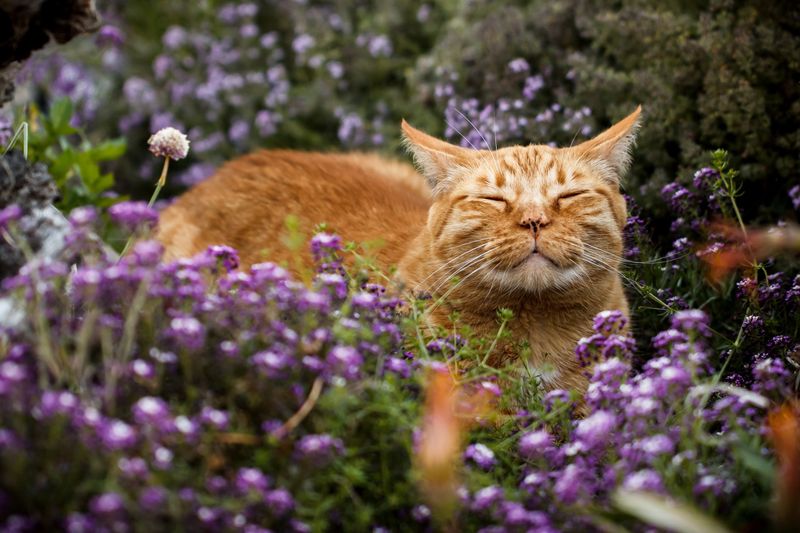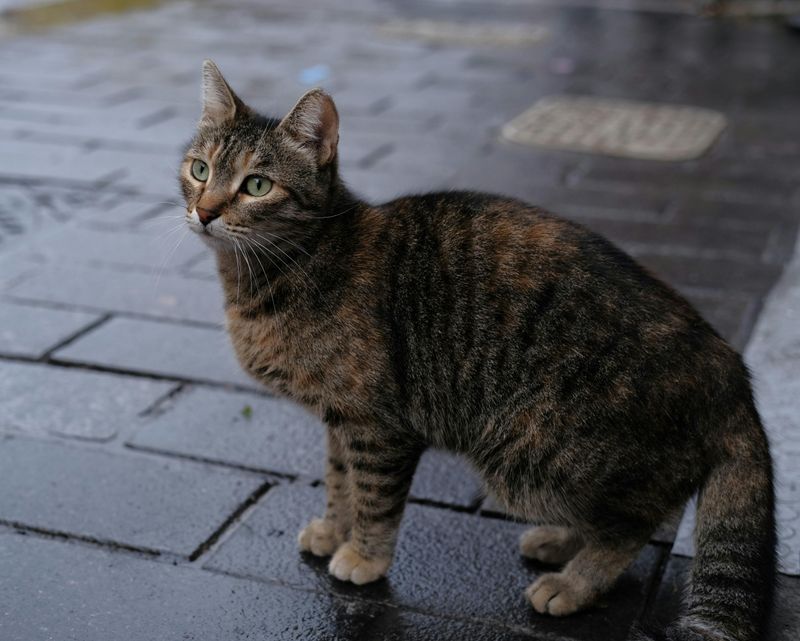Outdoor cats lead vastly different lives compared to their indoor counterparts, facing unique challenges and risks. Proper care is essential to keep them safe, healthy, and comfortable in their environment. By understanding common mistakes, you can ensure their well-being and longevity.
From providing adequate shelter to maintaining a proper feeding routine, outdoor cat care requires attention to detail. Many well-meaning owners unknowingly make errors that can put their feline friends at risk. Avoiding these mistakes will help create a safer and more stable life for outdoor cats.
By taking proactive steps, you can prevent common hazards and improve their overall quality of life. A little effort goes a long way in making sure your outdoor friends thrive.
1. Leaving Food Out Overnight
Leaving food out overnight might attract unwanted visitors, such as raccoons or insects. It can also lead to spoilage, making the food unsafe for your cat. Consider setting a feeding schedule to prevent these issues. Remove any leftover food after your cat finishes eating. This ensures the food remains fresh and appealing. Moreover, it helps in maintaining hygiene around the feeding area. By keeping feeding times consistent, you also create a routine that your cat can rely on. This is crucial for their well-being and reduces anxiety related to inconsistent feeding.
2. Providing No Shelter
Building or buying a simple cat house can make a significant difference. Ensure that the shelter is weatherproof and insulated. It should be large enough for your cat to move around comfortably. A good shelter offers safety and warmth, especially during the cold months. Without it, cats are vulnerable to hypothermia or heatstroke. Regular maintenance of the shelter ensures it remains a safe haven.
3. Using Toxic Flea Treatments
Toxic flea treatments can have adverse effects on your cat’s health. Some over-the-counter products may contain harmful chemicals. Always read labels carefully and consult your vet before choosing flea treatments. Opt for those specifically formulated for cats. Incorrect usage can lead to skin irritations or even poisoning. Flea prevention is essential, but it should not come at the cost of your cat’s well-being. By selecting the right product, you ensure effective flea control and a healthier, happier cat.
4. Feeding Only Dry Food
Dry food may not provide all the necessary nutrients your cat needs. Cats require a balanced diet that includes wet food. Wet food provides essential hydration that dry kibble lacks. Mixing both types ensures a well-rounded diet. It also keeps your cat interested in their meals. Variety in diet can prevent issues like obesity or urinary problems. Always check for high-quality ingredients in cat food. Consulting with a vet helps in planning a diet tailored to your cat’s specific needs. This promotes overall health and vitality in your pet.
5. Not Spaying or Neutering
Not spaying or neutering your outdoor cat can lead to overpopulation and related health issues. Spaying or neutering helps reduce the risk of certain cancers and infections. It also curbs undesirable behaviors like spraying or aggression. Cats that are fixed tend to roam less, which reduces the chances of accidents or fights. This procedure is a responsible choice for pet owners. It contributes to controlling the stray cat population, which benefits the community. Always seek professional veterinary services to ensure the safety and health of your cat during the process.
6. Ignoring Signs of Illness or Injury
Limping, lethargy, or loss of appetite can indicate underlying problems. Immediate veterinary attention can prevent these issues from escalating. Regular check-ups and vaccinations are crucial. They ensure your cat remains in good health. Taking prompt action not only alleviates pain but also strengthens your bond with your pet. Your attentiveness can make all the difference.
7. Using Unsafe Bedding
Loose threads or sharp objects in bedding may cause injuries. Always choose high-quality, safe materials for your cat’s sleeping area. The bed should be comfortable and free from hazards. Regularly inspect and clean the bedding to maintain hygiene. This ensures your cat has a safe and cozy place to rest. Investing in a good bed promotes better sleep and health. Cats spend a significant amount of time sleeping, so providing a secure environment is essential. It also enhances their overall well-being.
8. Overlooking Parasite Control
Overlooking parasite control can lead to serious health issues for your cat. Fleas, ticks, and worms are common threats to outdoor cats. Regular parasite prevention is crucial to keep these pests at bay. Treatments like flea collars, spot-ons, or oral medications are effective. Consult your vet for the best options tailored to your cat’s needs. Ignoring these can result in skin irritations, anemia, or worse. Regular grooming helps in early detection of parasites. Keeping your cat parasite-free ensures a healthier and happier life. Constant care is key to preventing infestations.
9. Letting Cats Roam Unsupervised in High-Traffic Areas
Letting cats roam unsupervised is risky. They are vulnerable to accidents and may not be able to react quickly enough. Consider supervised outdoor time or constructing a safe cat enclosure. This reduces the danger while still allowing them to enjoy the outdoors. Training your cat to walk on a leash can also provide a safer alternative. High-traffic areas pose numerous threats that a cat may not perceive. Limited exploration time in these places can prevent tragic incidents. It’s important to prioritize their safety over unrestricted freedom.
10. Not Providing Shade in Summer
During hot summer days, not providing shade can cause your cat to overheat. Cats are susceptible to heatstroke, which can be fatal if not addressed. Ensure there are shaded areas where your cat can escape the sun. Trees, umbrellas, or specially designed cat tents can provide the necessary protection. Hydration is equally important, so always have fresh water available. Monitoring your cat’s behavior in the heat is vital. Look out for signs of distress like panting or lethargy. Taking these precautions keeps your cat cool and comfortable during summer.
11. Ignoring Territorial Disputes
Outdoor cats often encounter other felines, resulting in confrontations. These disputes can escalate to fights if not managed. Supervision and intervention are key to preventing harm. Provide separate feeding and resting areas to minimize conflict. Understanding cat behavior helps in diffusing tensions. Implementing these strategies fosters a peaceful environment. It also reduces the risk of injuries and promotes harmony. Your involvement can make a difference in maintaining order among outdoor cats. This contributes to their overall well-being.
12. Not Checking for Poisonous Plants
Some common plants like lilies, azaleas, or oleanders are toxic to cats. Always research the plants in your outdoor areas. Remove or fence off those that pose a risk. Cats are naturally curious and may ingest harmful plants. Symptoms of poisoning can range from drooling to severe vomiting. Immediate veterinary care is crucial if ingestion is suspected. Knowledge and vigilance are your best defenses. Creating a cat-friendly garden protects your pet and ensures they can explore safely.
13. Using Antifreeze Carelessly
Its sweet taste attracts animals, but even small amounts are deadly. Always store antifreeze securely and clean up spills immediately. Consider using pet-safe antifreeze products to reduce risk. Educate your family and neighbors about the dangers antifreeze poses. Cats can suffer kidney failure within hours of ingestion. Prompt veterinary attention is necessary if exposure is suspected. By taking these precautions, you safeguard your cat’s health. Awareness and responsibility play vital roles in preventing such tragedies.
14. Leaving Out Unsecured Trash
Leaving out trash attracts cats and other animals, posing serious health risks. Cats may ingest harmful substances or become injured. Always use secure, animal-proof bins to prevent access. Regularly clean the area to minimize odors and attractants. This practice maintains hygiene and reduces the likelihood of pests. A tidy environment promotes safety for your cat and the local wildlife. By securing trash, you protect your cat from potential hazards. It’s a simple yet effective step in responsible outdoor cat care.
15. Assuming They Don’t Need Social Interaction
Even outdoor cats benefit from companionship and play. Spending time with your cat strengthens your bond and provides mental stimulation. Engage in activities like playing or grooming to enrich their lives. Social interaction helps prevent behavioral issues and keeps your cat happy. It also offers opportunities to check for health problems. Cats are social creatures, despite their independent nature. Making an effort to interact positively affects their well-being. Regular engagement shows your commitment to their happiness and health.
16. Failing to Provide a Safe Feeding Area
Not providing a safe feeding area can lead to stress for your cat. Unsecured food attracts other animals, creating competition and potential conflict. Designate a quiet, sheltered spot for feeding. This reduces anxiety and allows your cat to eat peacefully. Regularly clean the area to maintain hygiene and deter pests. A safe feeding environment fosters positive eating habits. It ensures your cat receives adequate nutrition without unnecessary stress. By taking these measures, you support your pet’s health and happiness. This reflects responsible pet ownership and care.
17. Neglecting to ID Them
Finding a cat outside without identification can make it difficult to reunite them with their owner. Always check for a collar and ID tag with contact information, as this can provide an immediate way to reach their family. If the cat has no visible ID, microchipping offers another chance of identifying them through a vet or shelter. Taking these steps increases the likelihood of getting the lost cat back home safely. Regularly checking for updated microchip information and ensuring collars remain intact helps prevent long-term separation. Identification is a crucial tool in protecting lost cats and ensuring they receive the care they need.
18. Using Harmful Pest Control Methods
Chemicals used to eliminate pests can be toxic if ingested or absorbed through skin. Always opt for pet-safe alternatives to protect your feline friend. Natural remedies or barriers can effectively manage pests without posing a threat. Consult with professionals if needed to ensure safety. Educating yourself on the risks associated with certain pesticides is crucial. By making informed choices, you safeguard your cat’s health and the environment. Responsible pest control reflects your commitment to safe outdoor cat care.
19. Not Monitoring the Weather
Not monitoring the weather can leave your outdoor friend vulnerable to harsh conditions. Sudden rain, cold snaps, or heatwaves can catch them off guard. Always check the weather forecast and adjust plans accordingly. Provide shelter and access to indoor areas during extreme weather. Monitoring exposure to the elements ensures their comfort and safety. It also prevents health issues related to temperature extremes. Being proactive in weather awareness reflects your dedication to their well-being. Your careful planning makes a significant difference in their life.
